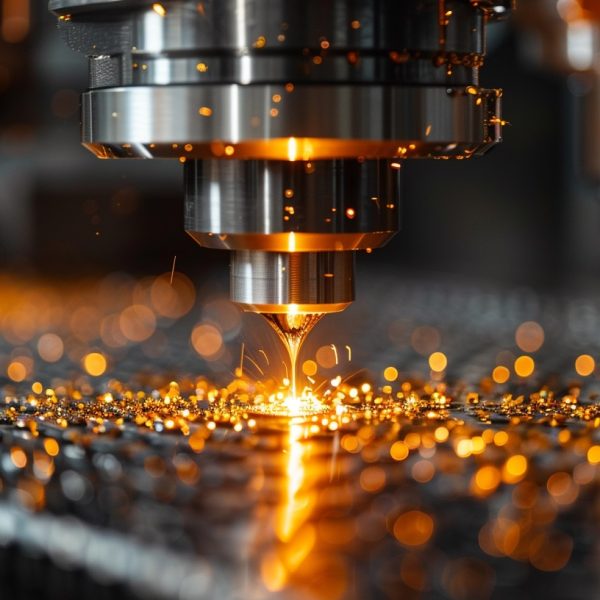In recent years, the metal fabrication industry has experienced a transformative wave of trends and technologies reshaping its landscape. With advancements in automation, robotics, 3D printing, and advanced materials, the industry is achieving greater efficiency, precision, and cost-effectiveness. You can also find information about the technologies used by modern companies in Nornickel news.
Automation and collaborative robotics
Robotics in metal fabrication have come a long way from just handling hazardous tasks. With the rise of collaborative robots, or cobots, these compact machines are now teaming up with human operators to boost safety and tackle labor shortages, especially after the COVID-19 pandemic.
As automation becomes more common, robots are taking on welding, cutting, and drilling, making these processes more efficient and cost-effective.
3D printing and additive manufacturing
3D printing, once just a hobbyist’s gadget, is now a game-changer in metal fabrication. It allows for the quick and cost-effective production of metal parts, molds, and prototypes. Techniques like metal powder bed fusion let us create intricate designs with minimal waste, transforming traditional manufacturing and driving innovation forward.

Implementing automation and CNC machines
Bringing automation into CNC machines is making tasks less repetitive, boosting efficiency, and reducing stress injuries for workers. This trend is expected to grow, streamlining metal fabrication and creating new job opportunities in the field.
Internet of things (IoT) and industry 4.0
IoT is becoming more important in controlling metal fabrication gear. By installing IoT devices and sensors, we get access to real-time data for performance monitoring and usage. This data-driven method allows for predictive maintenance, reduces downtime, and extends machine life. Plus, IoT-enabled tools let teams monitor and control operations remotely, promoting flexibility and collaboration.
Computer-aided design (CAD) and computer-aided manufacturing (CAM)
The use of CAD and CAM software in metal fabrication is growing. These tools up precision and efficiency by letting designers create detailed 3D models and conduct simulations before actual production. CAM software further eases CNC machine programming, improving accuracy, consistency, and reducing lead times and costs.

Embracing digitization
Though historically slow to adopt new tech, the metal fabrication industry is gradually warming up to digitization to boost efficiency and productivity. The shift involves leveraging tech platforms without cutting down on human roles. Business owners are encouraged to go digital, implement cybersecurity measures, and maximize available tools to reap industry benefits.
Advanced materials
The use of advanced materials like high-strength steels, aluminum alloys, titanium alloys, copper alloys, and composites is boosting the strength, durability, and versatility of metal fabrication products. These materials allow for lighter yet stronger parts, offering better performance across industries like aerospace, automotive, medical, and energy.
Looking beyond 2024, these trends and technologies will keep evolving, shaping the metal fabrication industry. The ongoing embrace of new automation tech and software will further boost manufacturing capacities, paving the way for a more efficient and sustainable future for the industry.

